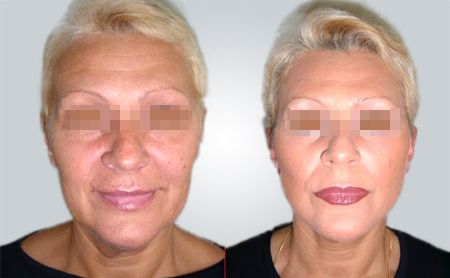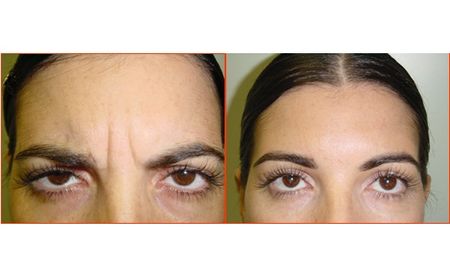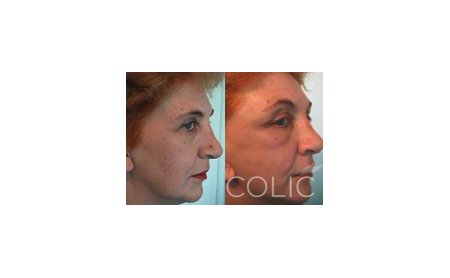(Corrective rhinoplasty)
Objective
Changes in size and shape of the nose (marked nose bridge-aquiline nose, too long, too wide nose, widened or asymmetric top, bent nose top, saddle nose), as well as correction of possible respiratory disorders, or septum deviation.
Operative technique
The correction is performed through the incisions inside the nostrils, so there is no external visible scar. The procedure consists of changing the shape and position of the nose cartilage and bones. Upon the intervention performed, tampons are placed in the nasal corridors, and a compressive mask on the nose from the outside, which are all removed after seven days.
Duration of procedure and anaesthesia
The surgery usually lasts from 45 min to 2 hours and is performed in total anaesthesia, or in local an aesthesia with intravenous sedation.
Recovery
The patient breaths through the mouth until the removal of the tampons and the mask, while in the meantime the swelling withdraws up to the greatest extent.
Rare complications
Swellings around the eyes and the surrounding tissue.
Septoplasty
Septoplasty is a surgery by which the nose septum is corrected with a view to improving the nose function. It can be performed independently, as well as within the aesthetic nose correction. The nose septum is an osteocartilaginous barrier that divides the nose cavity into two equal parts. The cause of septum deviation is not fully clarified. These can be nose traumas that happen even during the childbirth or n the childhood or due to the pressure on the nose septum due to the erect walk. The intervention is not performed in children, as the nose growth is not completed, except in extreme deviation symptoms.
The most common symptoms of the nose septum deviation are: difficult breathing through nose, nose congestion, frequent nose bleedings, repeated sinusitis, headaches, vertigo.
The surgery includes a removal of the deformed parts of the nose septum and placing the septum in the right position. After the surgery, the patients have tampons in their nose for 2 days. Unlike the septorhinoplasty, the patient does not have any swellings or suffusions. After the removal of the tampons, a care is required for several days more in terms of nose cleaning and use of vasoconstrictive nasal drops.













